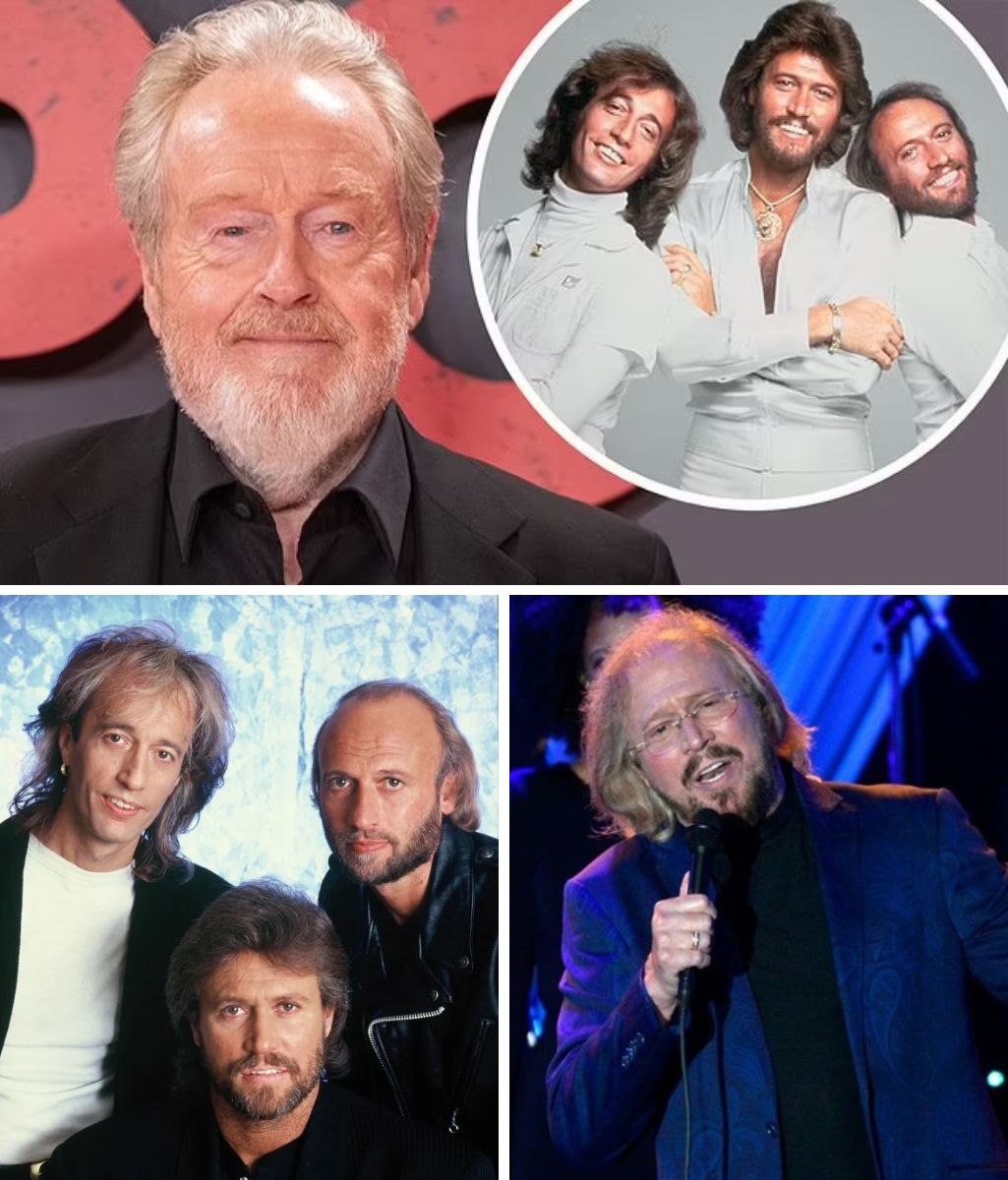
HISTORIC MILESTONE: The Bee Gees Claim No.1 in the US With “You Should Be Dancing” — The Song That Sparked Their Disco Reign
The Bee Gees soared to the top of the US singles chart with “You Should Be Dancing,” securing their third American No.1 hit and firmly setting the stage for their transformation into global disco superstars. While the track peaked at No.5 in the UK, it was in the United States that its impact reverberated most strongly, heralding a new chapter in the group’s career.
Released in 1976, the song stood out immediately for its irresistible rhythm, infectious groove, and a bold new sound. It was the first Bee Gees chart-topper to feature Barry Gibb’s now-iconic falsetto, a vocal style that would soon become the defining hallmark of their disco-era dominance. His soaring, high-pitched delivery gave the track both urgency and allure, perfectly aligning with the vibrant pulse of the mid-1970s dance floor.
Up until this point, the Gibb brothers had enjoyed remarkable success with pop ballads and richly orchestrated hits, but “You Should Be Dancing” represented a clear pivot. Fueled by driving percussion, funky guitar riffs, and a relentless beat, the single not only captured the energy of disco but helped propel the genre into the mainstream. Its popularity in clubs and on radio stations across the US confirmed that the Bee Gees had reinvented themselves for a new era—and done so with spectacular success.
The timing could not have been better. By 1976, disco was quickly evolving from a subcultural movement into a worldwide phenomenon. The Bee Gees, with their impeccable harmonies and newfound falsetto-driven sound, were uniquely positioned to ride that wave. “You Should Be Dancing” was more than a hit; it was a statement of intent, signaling their shift from soft rock and ballads into the pulsing heart of the disco revolution.
The song’s success paved the way for what would follow just a year later: the Bee Gees’ groundbreaking contributions to the Saturday Night Fever soundtrack. But even before that cultural explosion, “You Should Be Dancing” had given audiences a glimpse of what was coming—a sound that blended soulful vocals with dance rhythms, destined to dominate charts and dance floors alike.
Critics at the time noted the track’s energy and the boldness of Barry’s falsetto, which some initially viewed as a gamble. Yet fans embraced it instantly, and the single’s rise to No.1 proved the Bee Gees had not only adapted to the times but were about to define them.
Looking back, the song is more than a disco anthem. It represents a turning point in the Bee Gees’ career, a moment when they reinvented themselves and captured a new generation of listeners. For Barry, Robin, and Maurice, it marked the beginning of their reign as the undisputed kings of disco—a reign that would soon reshape popular music in the late 1970s.
Even today, “You Should Be Dancing” remains a staple of their legacy, a track that bridges eras and showcases the Bee Gees’ uncanny ability to evolve without losing their essence. It is a reminder of the night the brothers didn’t just top the charts—they lit the fuse that launched them into disco immortality.